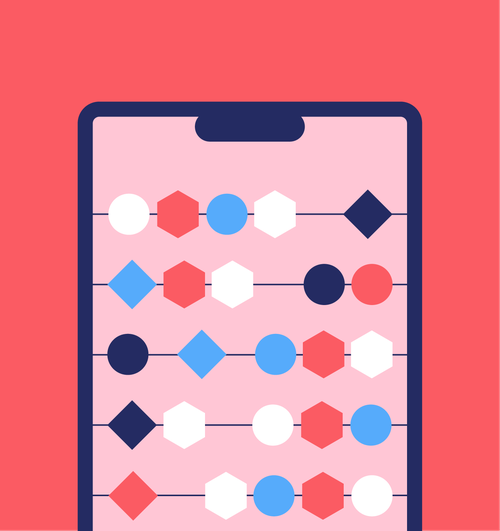AI technologies are being implemented in China’s education system in two key ways: firstly, through the creation of educational tools that require basic automation technology, such as test grading and homework correction, and secondly, through the introduction of adaptive learning systems – a form of AI-driven educational technology that responds to a student’s interactions in real time and automatically tailors support to their individual needs. VIPKid, for example, will automatically pair students with teachers according to their preferred learning styles and needs; the online platform 17zuoye uses AI algorithms to streamline the homework distribution and grading process; and Liulishuo, an English-language learning app similar to the American Duolingo, offers an intelligent tutor equipped with real-time personalised feedback systems and automatic grammar correction.
Squirrel AI combines physical and digital schooling, where students can learn remotely online or go to one of the company’s bricks-and-mortar learning centres. Through a combination of a human coach and virtual, AI-driven tutor, they receive a personalised lesson plan tailored to learning needs and gaps in their knowledge. Each course is subdivided into the smallest possible conceptual pieces, such that the algorithm can diagnose student gaps in understanding as precisely as possible, adjusting learning pathways in real time. Middle school maths, for example, is broken into 10,000 ‘knowledge points’ such as rational numbers, the properties of a triangle and the Pythagorean theorem. By tailoring educational experiences to the individual student and optimising for their abilities, adaptive learning technologies can reshape the paradigm of learning, says Richard Tong, Squirrel AI’s chief technology officer. He compares Squirrel’s transformation of the public education system to the way ride-sharing companies such as Uber and Didi changed public transportation systems – providing the same service through a more convenient and personalised pathway.

But this claim is based on the assumption that the most efficient form of education is also the most effective. Like an Uber cab or a GPS navigation device, adaptive learning systems can ‘get a user from point A to point B the most efficient way possible,’ says Professor Yong Zhao, who specialises in global and online education at the University of Kansas. ‘But they do not show the user how to choose their own path, navigate the roads and familiarise themselves with the fabric of the city.’ In other words, students taught through intelligent learning systems are not necessarily active decision-makers in their own learning experience. If designed with the goal of efficiency and scalability alone, intelligent learning systems not only overlook but could also strip away one of the most fundamental skills that students need to survive in the 21st century – self-actualisation.
An example of a simpler AI technology that allows for greater student agency is the Smart Learning Partner, a collaboration between Beijing Normal University’s Advanced Innovation Center for Future Education and Tongzhou district of Beijing. An AI-driven platform that enables students to connect with a human tutor via their mobile phones, the smart learning partner is used like a dating app, but one that matches students and tutors according to student queries, tutor expertise, availability and ratings. In contrast to the previous examples, the system may ‘put students more in control of their own learning’.
Another argument advanced for adaptive learning systems is that they have the potential to reshape the role of the traditional teacher. According to Tong, Squirrel AI’s technologies can, for example, replace tasks such as face-to-face instruction with video tutorials, and automate the delivery of student diagnosis and feedback with adaptive learning systems. Freed from the rote tasks of homework correction and test-grading, teachers are able to dedicate more of their time and effort to more complex tasks such as motivating students and facilitating interpersonal collaboration. Their role might shift from that of the instructor, standing in front of the classroom giving lectures, to that of the motivator, focused on the emotional and interpersonal lives of their students.
Despite its promise, it is important to note that teaching is an integrative process that cannot be mechanically divided into the discrete categories of ‘automatable’ and ‘non-automatable’. A good lecture (what an ed tech company would describe as ‘content delivery’) is a dynamic process that cannot simply be replaced by standardised video tutorials. Grading a paper (what might be described as ‘diagnosis’) is an activity that familiarises a teacher with a student’s personality and thought process, and to automate is to strip away a crucial way in which a teacher might relate to their student. The rhetoric of ‘scalability’ overlooks the fact that good teaching is highly context dependent – a method of teaching a wealthy student in urban Shanghai may be totally inappropriate for a child raised in poverty in rural Shanxi.




